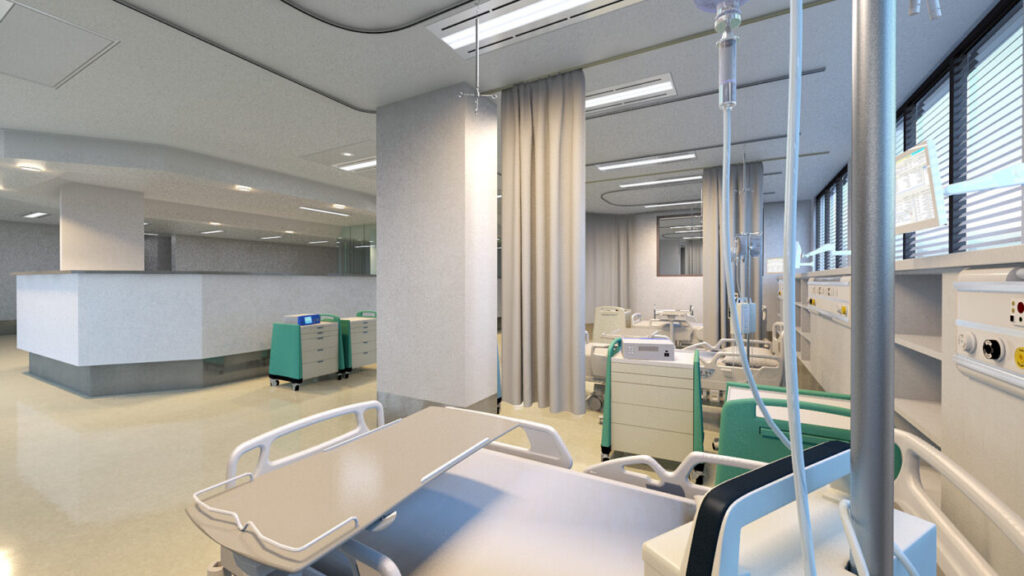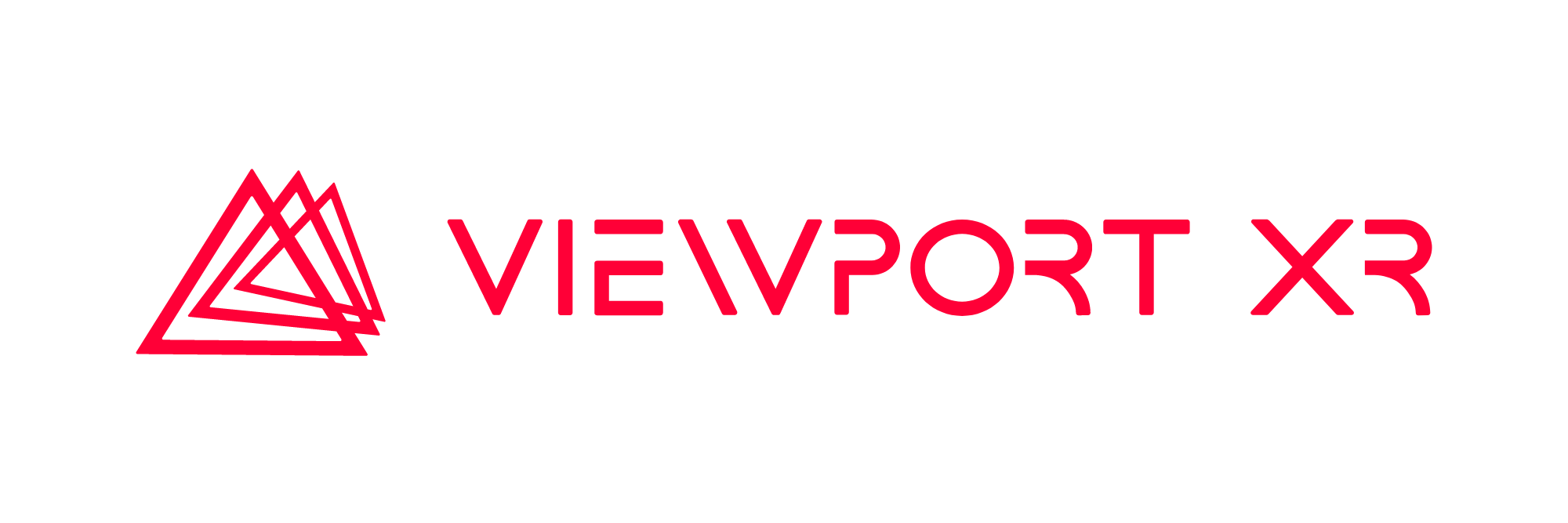Healthcare
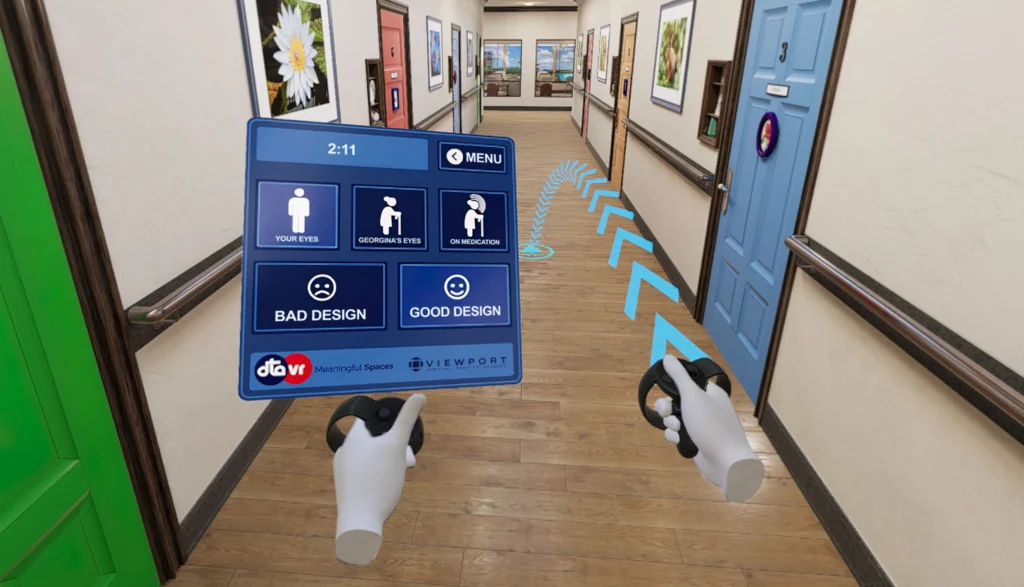
The global VR in the healthcare market is projected to reach $30.40 billion by 2026, exhibiting a CAGR of 42.4% during 2019-2026.
VR training “improved participants’ overall surgical performance by 230% compared with traditional training methods.” The VR-trained participants were able to complete procedures on average 20% faster and more accurately.
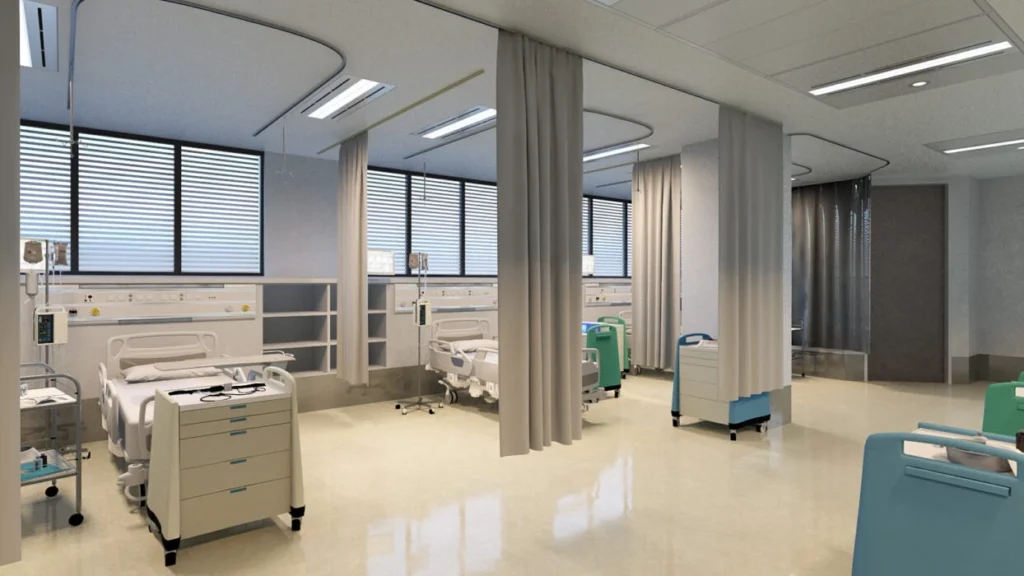
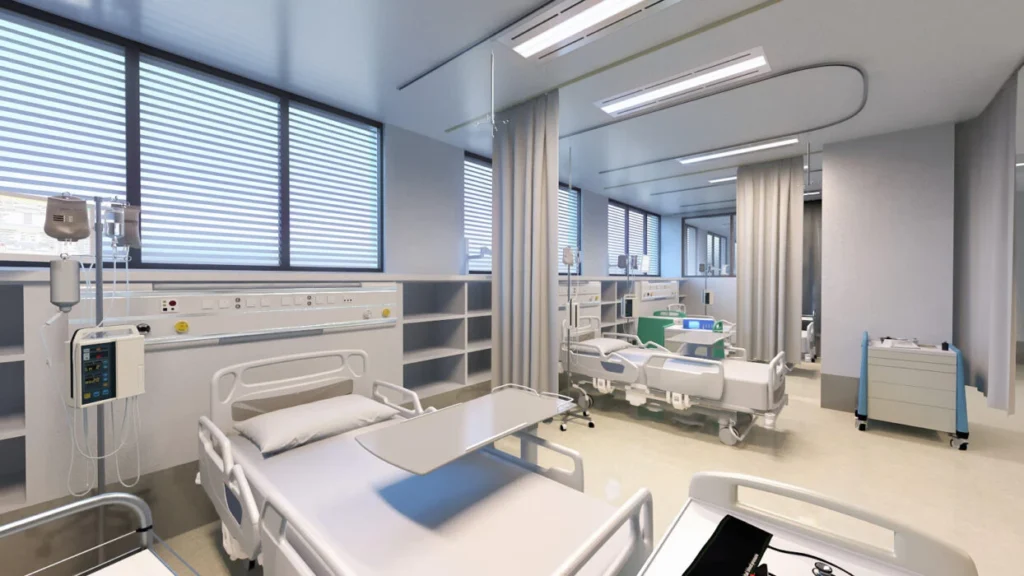
Patients expect better doctor-patient consultations: 70% think healthcare providers can ‘better use digital tools, mobile technology and the internet to improve the patient experience.
